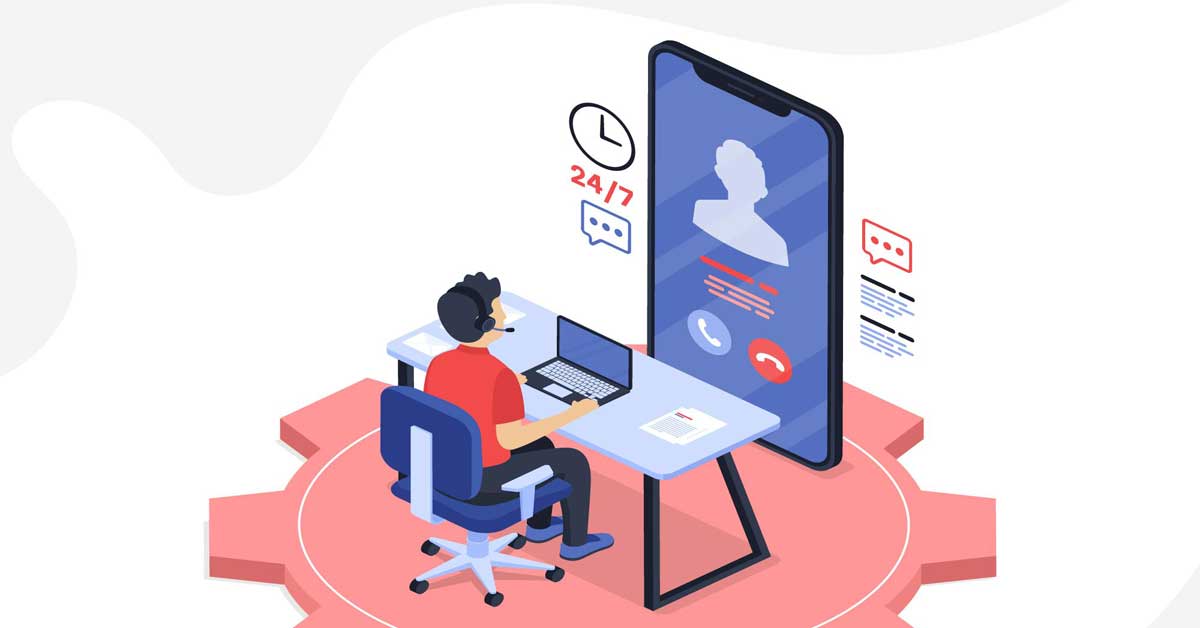In the rapidly evolving landscape of e-commerce, providing exceptional customer service is paramount to building and sustaining a successful online business. Many e-commerce entrepreneurs are turning to outsourcing as a strategic solution to meet the growing demands of customer service. In this article, we’ll delve into the benefits, considerations, and best practices associated with e-commerce customer service outsourcing.
Why Consider E-Commerce Customer Service Outsourcing?
Cost Efficiency:
- Outsourcing customer service allows businesses to access a pool of skilled professionals at a fraction of the cost compared to maintaining an in-house team.
Focus on Core Competencies:
- By outsourcing customer service, e-commerce businesses can concentrate on their core competencies, such as product development, marketing, and business expansion.
24/7 Support:
- Outsourcing enables round-the-clock customer support, catering to a global audience and different time zones, enhancing customer satisfaction.
Scalability:
- Outsourcing offers flexibility, allowing businesses to scale their customer service operations based on demand, especially during peak seasons.
Access to Specialized Expertise:
- Outsourced service providers often have specialized knowledge and experience in handling customer inquiries, providing a higher level of service quality.
Considerations Before Outsourcing Customer Service
Quality Assurance:
- Ensure that the outsourcing partner maintains high service standards by implementing quality assurance measures.
Data Security:
- Select a reputable outsourcing partner with robust data security protocols to safeguard customer information.
Cultural Alignment:
- Choose a service provider with a cultural understanding of your target audience to enhance communication and customer experience.
Training Protocols:
- Implement comprehensive training programs for the outsourced team to align them with your brand values and service expectations.
Communication Channels:
- Determine the most effective communication channels for your business and ensure that the outsourcing partner can adapt to them seamlessly.
Best Practices for E-Commerce Customer Service Outsourcing
Clear Communication:
- Establish open and transparent communication channels to facilitate a smooth flow of information between the in-house team and the outsourcing partner.
Regular Performance Reviews:
- Conduct regular performance reviews to evaluate the effectiveness of the outsourcing arrangement and make necessary adjustments.
Integration with Technology:
- Leverage technology to integrate the outsourced customer service team with your e-commerce platform for seamless interactions.
Customer Feedback Analysis:
- Utilize customer feedback to continuously improve the outsourced customer service process and address any issues promptly.
Frequently Asked Questions (FAQs)
How can outsourcing customer service benefit my e-commerce business?
Outsourcing customer service can benefit your business by providing cost-efficient, scalable, and specialized support, allowing you to focus on core business functions.
What factors should I consider before outsourcing customer service?
Considerations include quality assurance, data security, cultural alignment, training protocols, and the adaptability of the outsourcing partner to your communication channels.
How can I ensure the security of customer data when outsourcing?
Choose an outsourcing partner with robust data security protocols and ensure that they comply with industry standards and regulations.
What steps can I take to integrate an outsourced team with my e-commerce platform?
Leverage technology to integrate communication channels and workflows, conduct regular performance reviews, and establish clear communication channels.
Conclusion
E-commerce customer service outsourcing is a strategic move that can propel your business to new heights by providing cost-effective, scalable, and specialized support. By carefully considering the factors involved and implementing best practices, you can ensure a seamless integration that enhances the overall customer experience and contributes to the long-term success of your e-commerce venture.
This page was last edited on 9 January 2024, at 12:13 pm
How can we help you?
























